The Monolithic EcoShell II
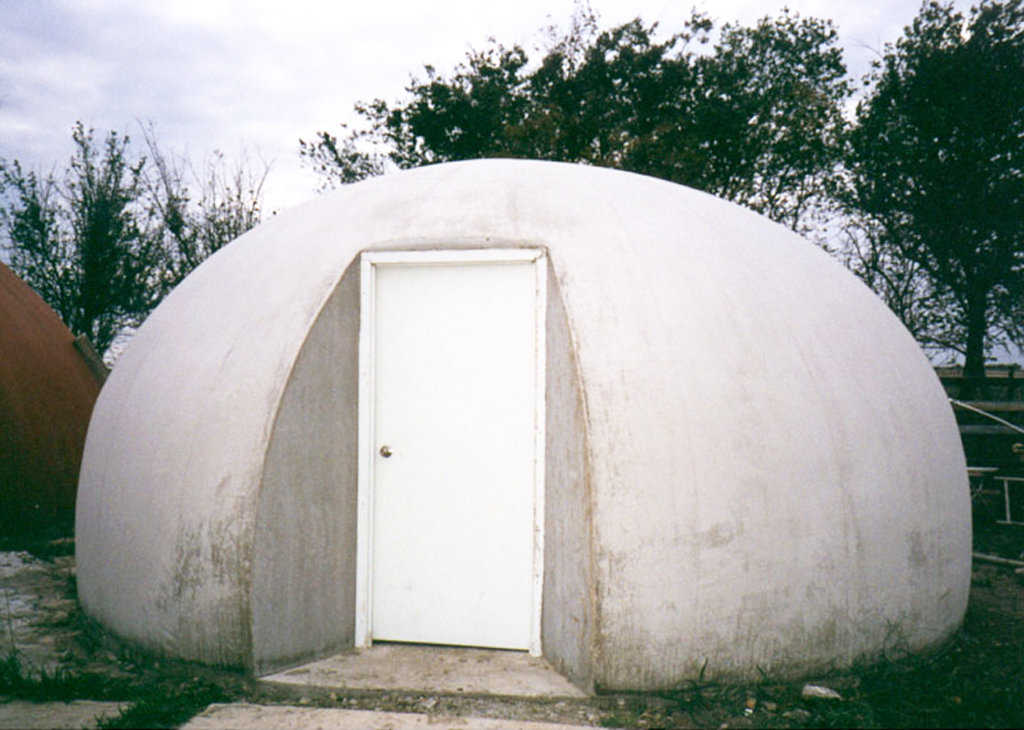
The Monolithic EcoShell II — The EcoShell II is a super-strong structure that can withstand hurricanes, tornadoes, earthquakes, fire, termites and rot.
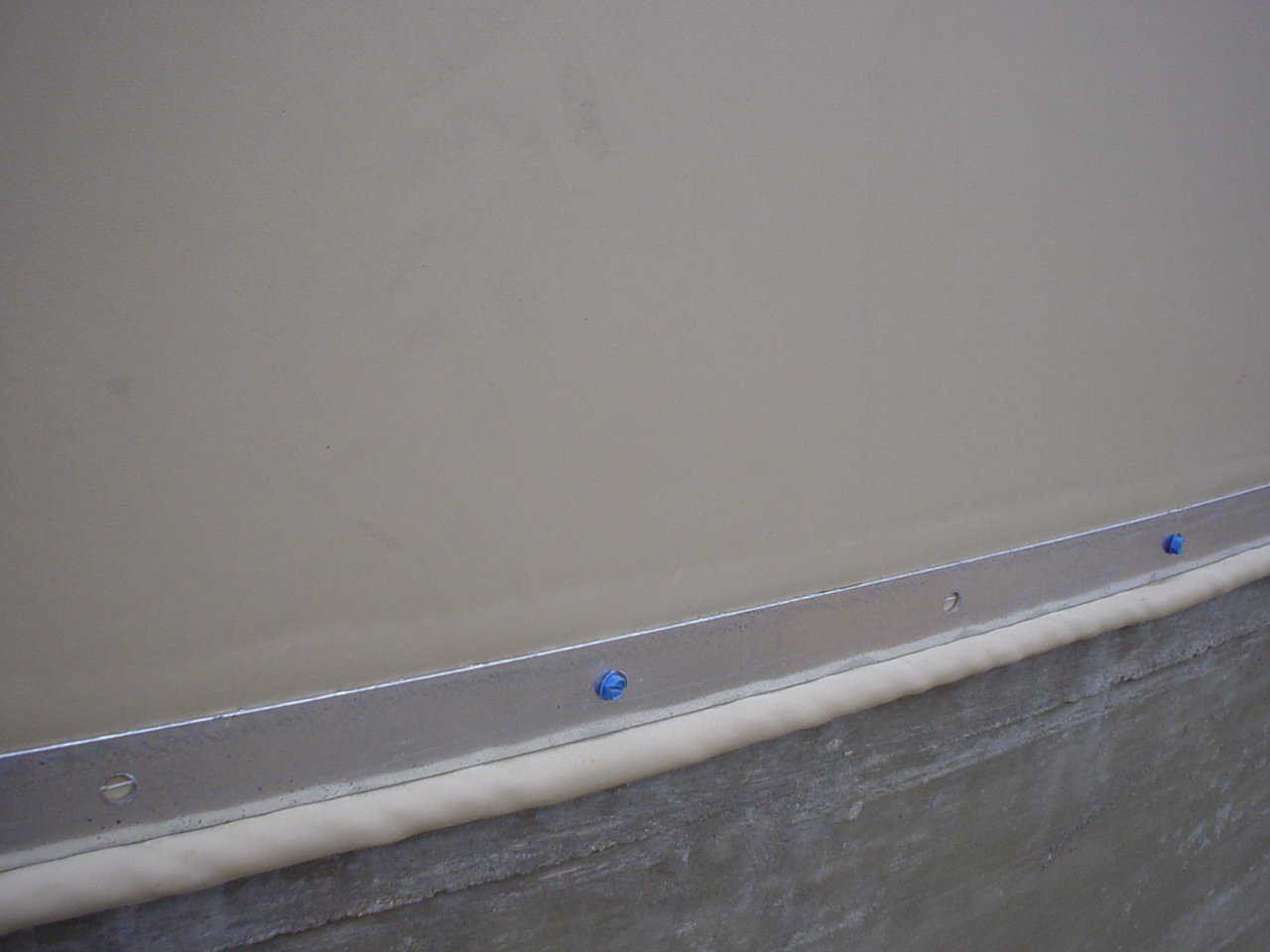
Step 1 — Airform is fastened to the exterior of the slab/footing in the same way as the Airform for a Monolithic Dome is fastened to its footing. Use clamp straps held in place with Tapcon concrete anchors (1/4″ × 1 1/4" to 1/4″ × 1 3/4").
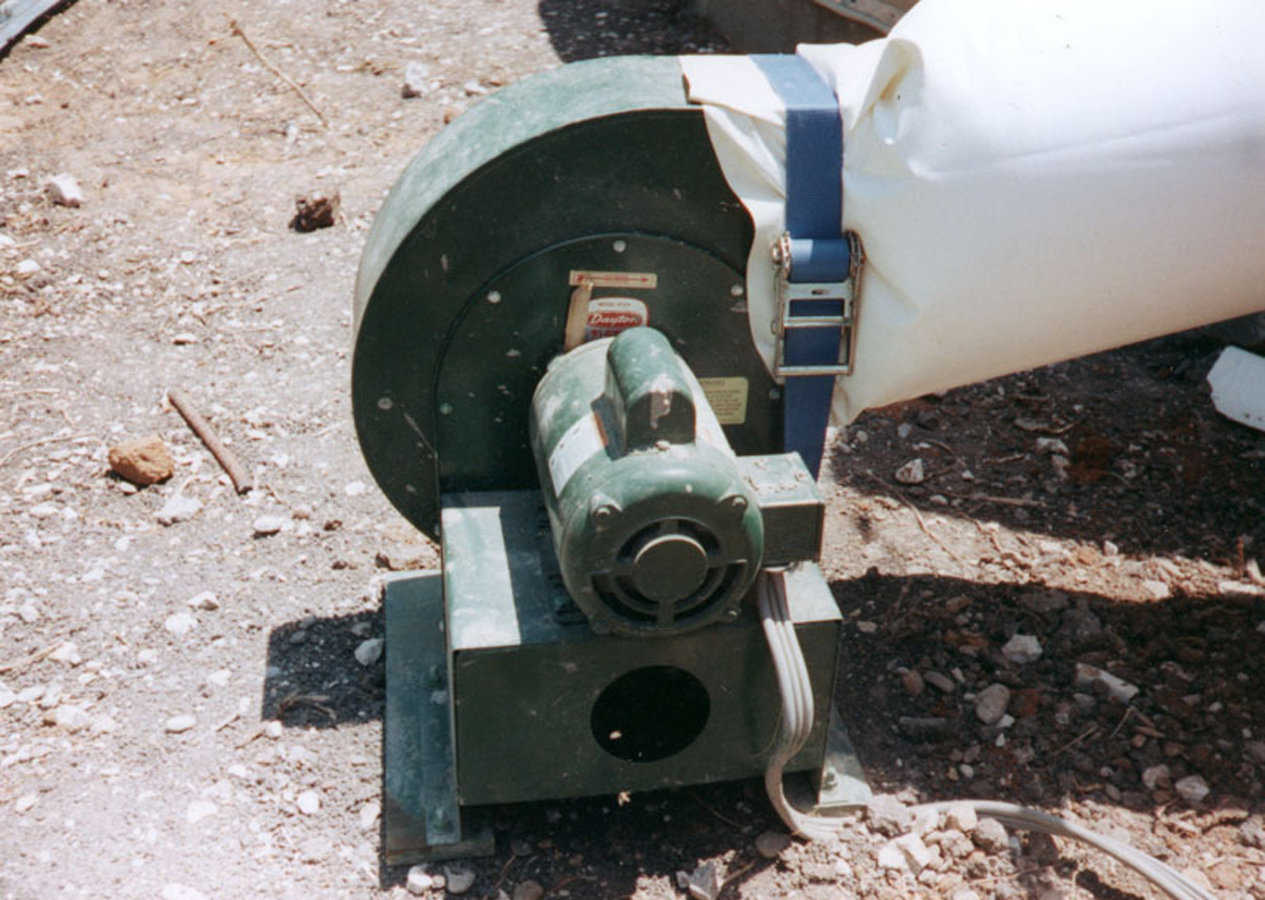
Step 2 — Inflator fan is the same as that used in Monolithic Dome construction. For small domes, use the Monolithic Puffer at a pressure of about 2 inches of water column. Monitor carefully. Increased pressure can expand the Airform and pull off or crack the concrete.
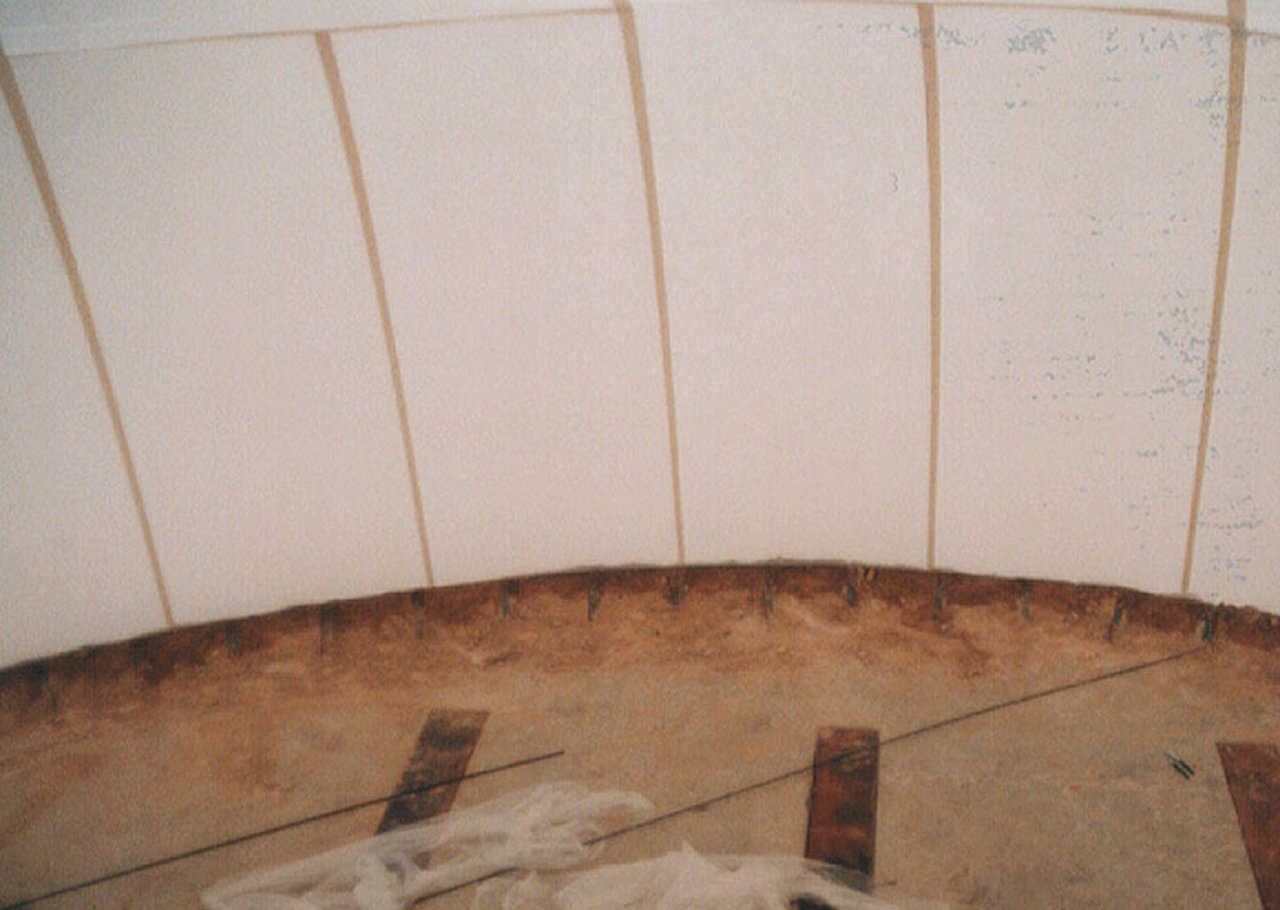
Step 3 — Inspect the Airform and seal it to the foundation. Then stabilize the pressure at 2 inches. Make sure the inside of the Airform is clean and dry.
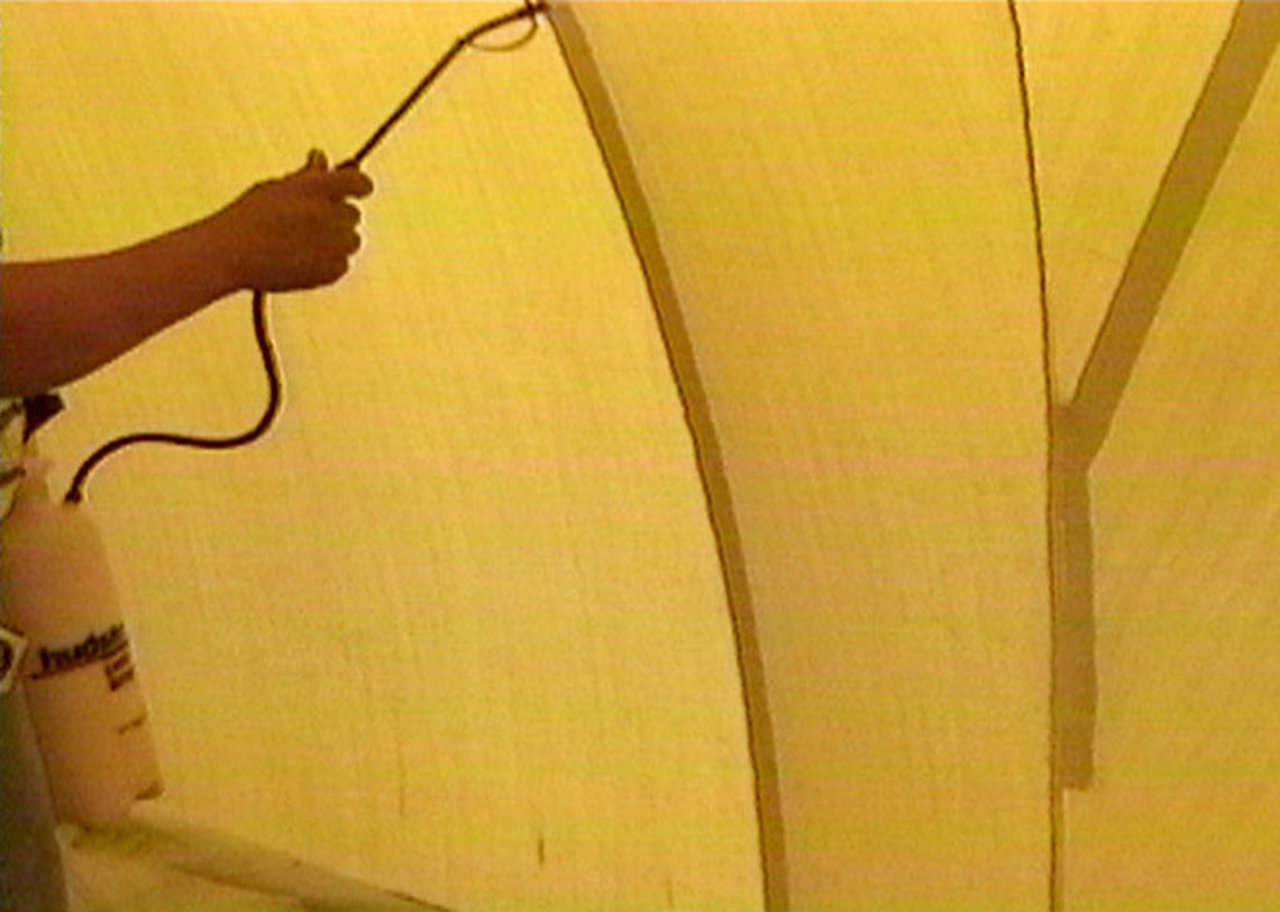
Step 4 — Apply Monoform Primer to the Airform’s interior, at a rate of about 300 square feet per gallon. It can be applied with an airless sprayer, but must be applied at least 30 minutes or more (up to a few days if it remains clean) before spraying the first layer of Shotcrete. The Monoform should be dry but sticky to touch.
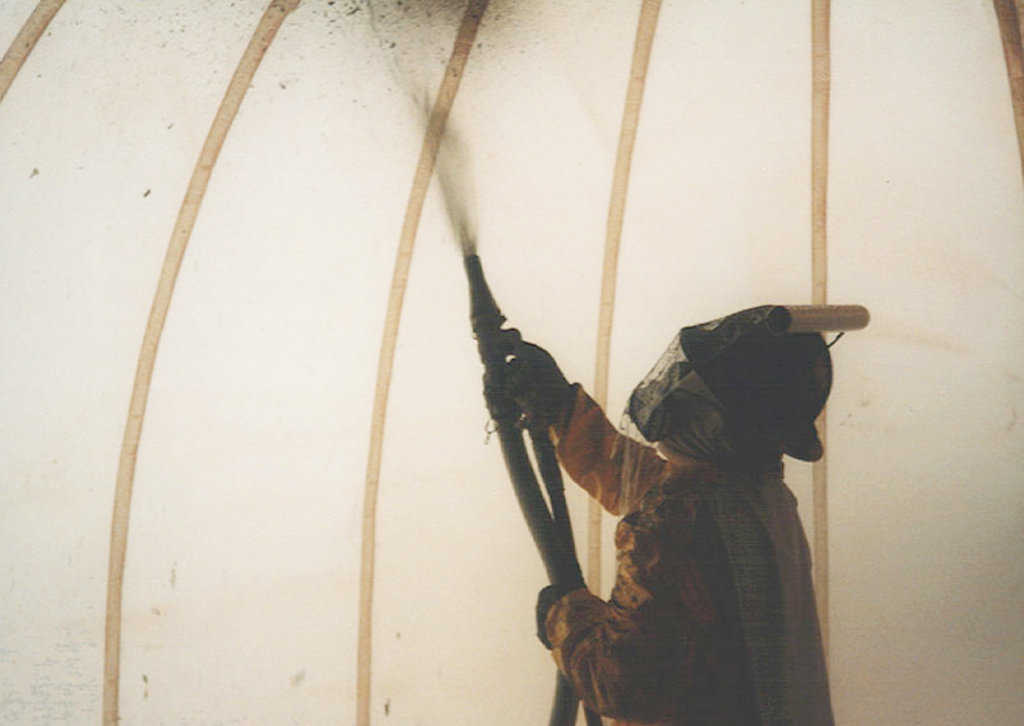
Step 5 — Coat the interior of the Airform with Shotcrete, over the Monoform Primer and to a thickness of at least 1/8 inch — up to 1/4 inch (preferably 1/4 inch). This is Monolithic’s standard mix with Kel-Crete and nylon fibers. Apply the second coat of concrete as soon as the first coat is ready or the next day (another 1/4" to 1/2" is about right). Concrete is ready for its second layer when it feels tough — not necessarily brittle. The time to recoat in hot weather can be in 1 hour. In colder conditions it may require heat and curing overnight.
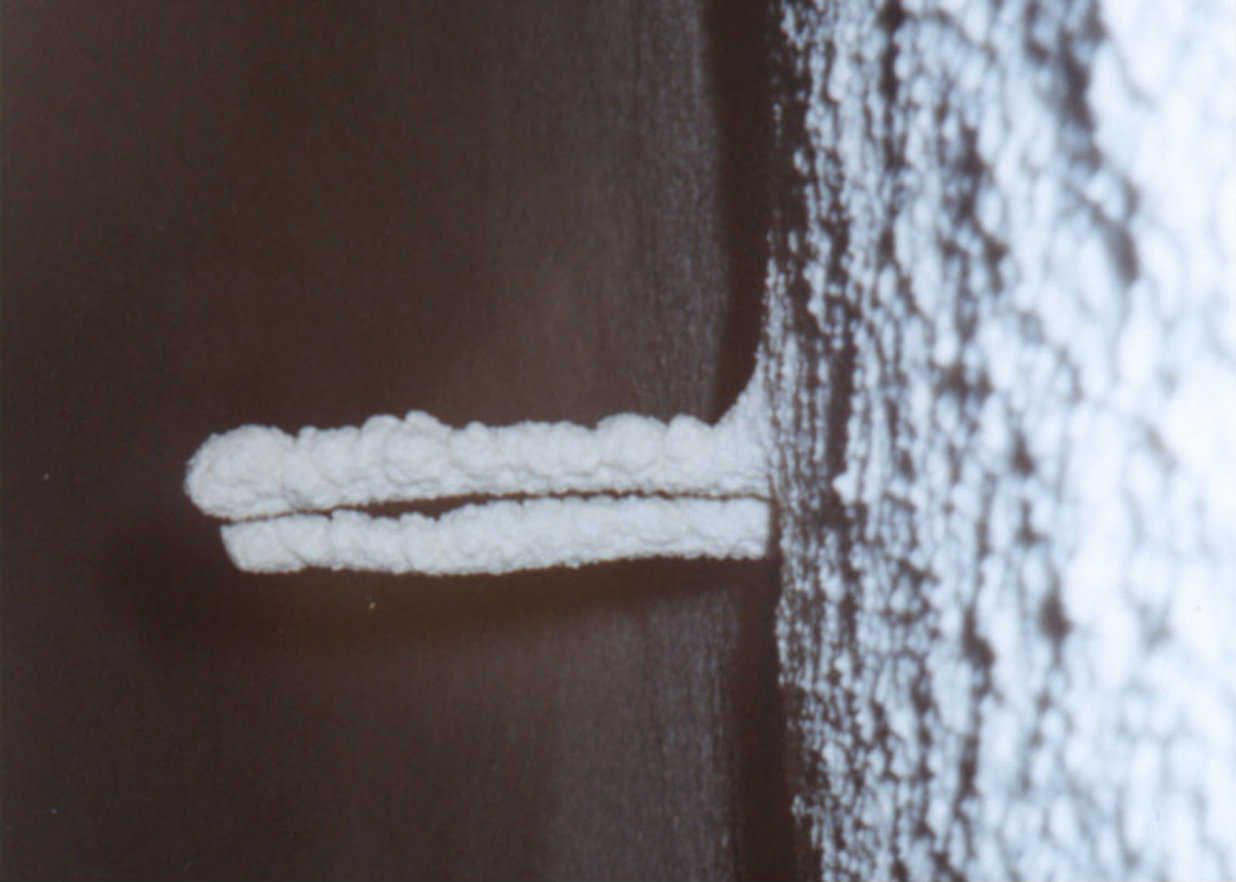
Step 6 — Directly after the second 1/4 to 1/2 inch of Shotcrete is sprayed, insert barbed rebar hangers into the still wet concrete. Then spray over the barbed rebar hangers with the third 1/4 to 1/2 inch coat of concrete to lock them in place.
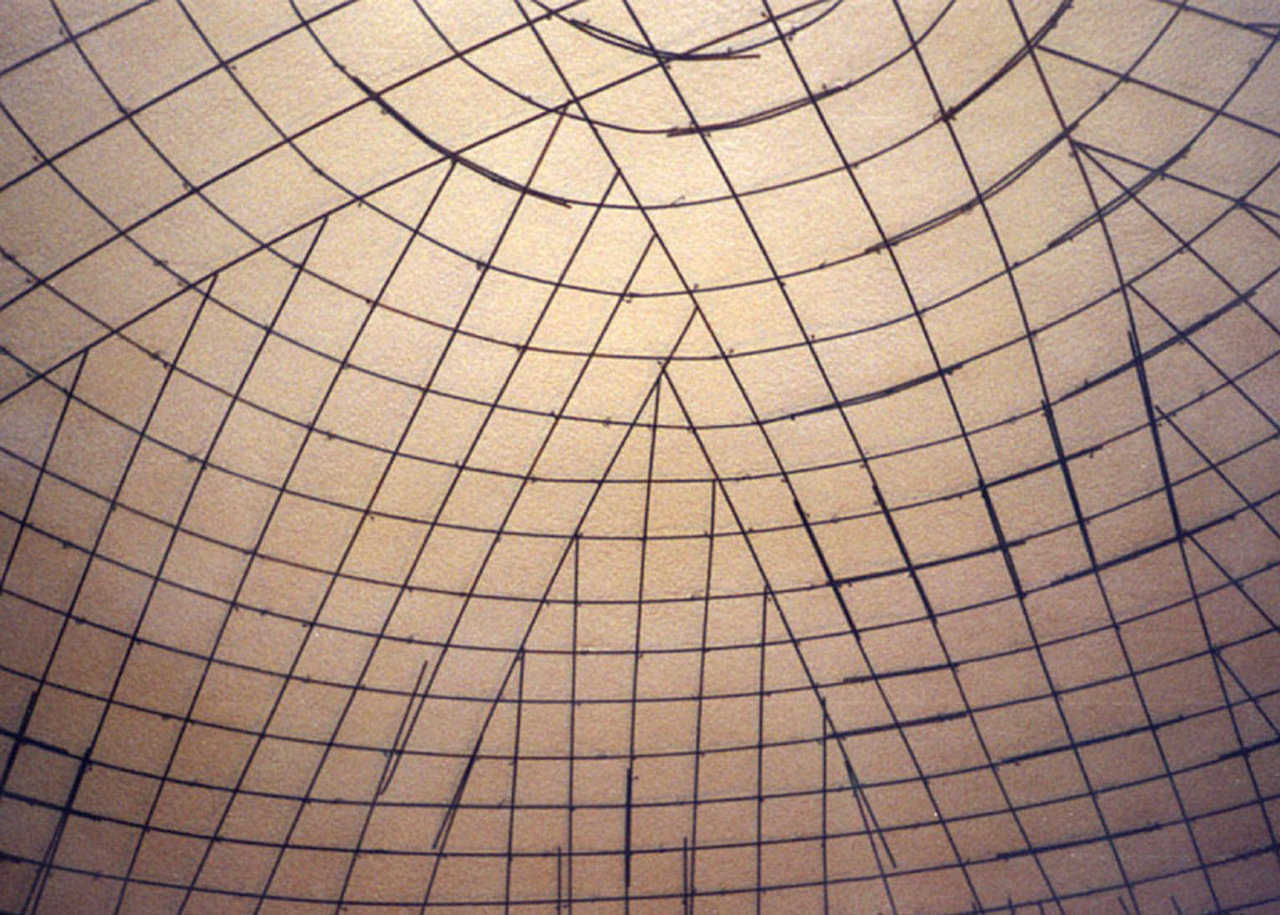
Step 7 — Place the rebar following the engineering specifications. Care should be taken to keep rebar as tight as possible to the shell concrete. The plan is to have 3/4" of concrete on the exterior of the rebar. Number three (3/8”) rebar spaced 10 inches on center both ways is always safe for small domes.
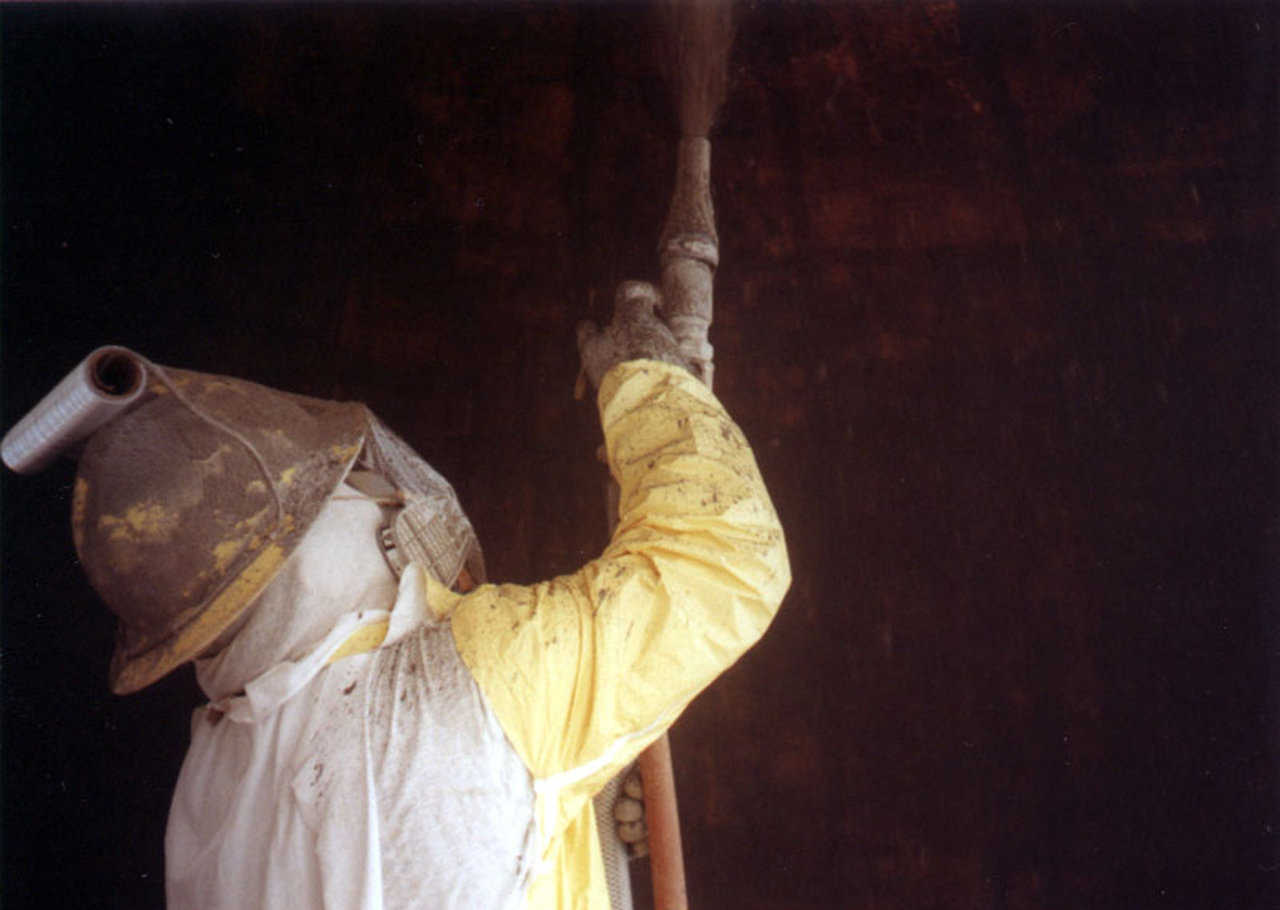
Step 8 — Spray balance of the concrete in 1/2" to 3/4" layers until desired depths are achieved. Concrete should reach at least 600 psi before the next layer is applied. As indicated in our table comparing EcoShell II to conventional concrete buildings, there are huge savings in concrete and rebar for the EcoShell.
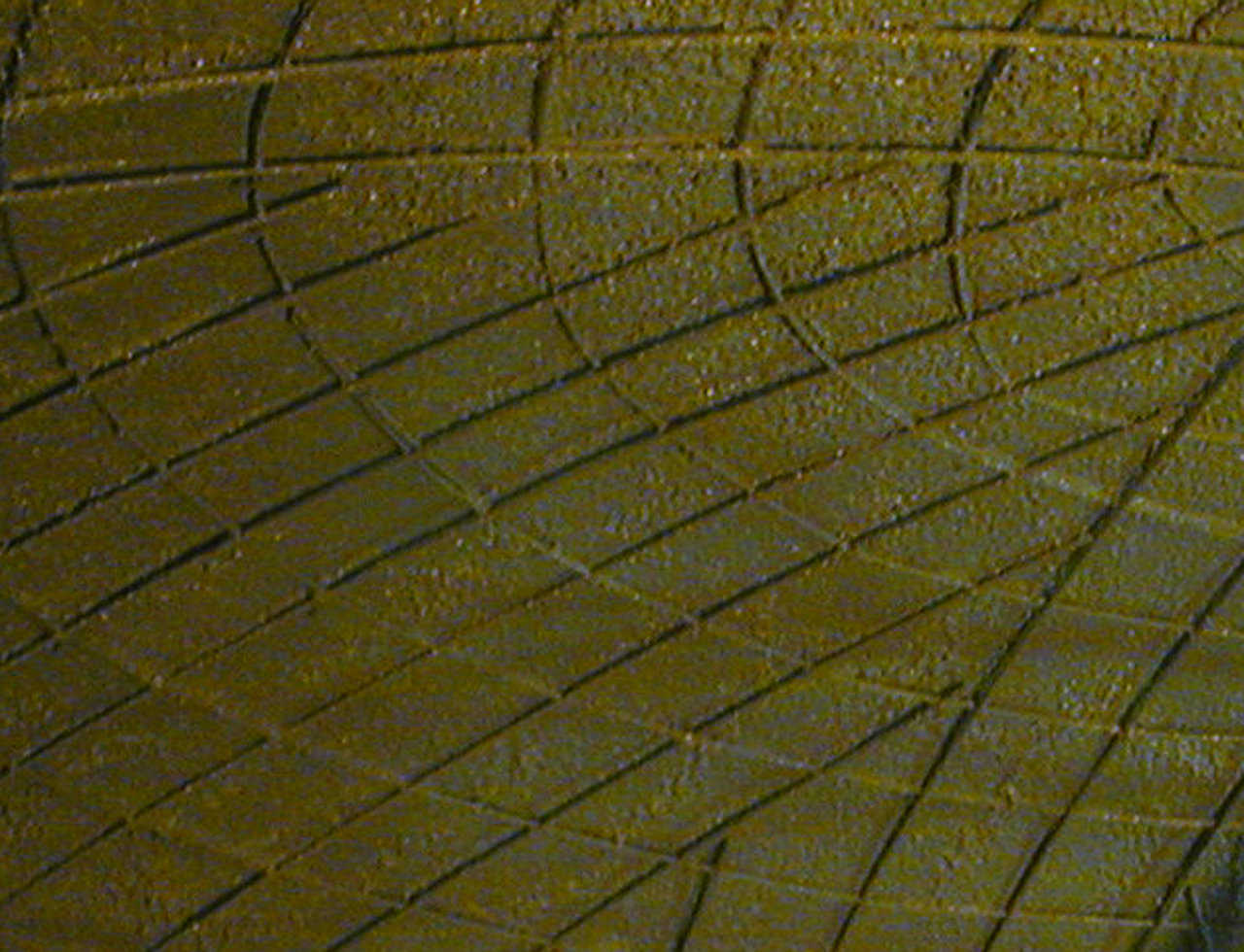
Note to Step 8 — As the concrete is built up, the rebar should be kept relatively clean. This is done by proper Shotcrete techniques and/or cleaning for total embedment of the rebar.
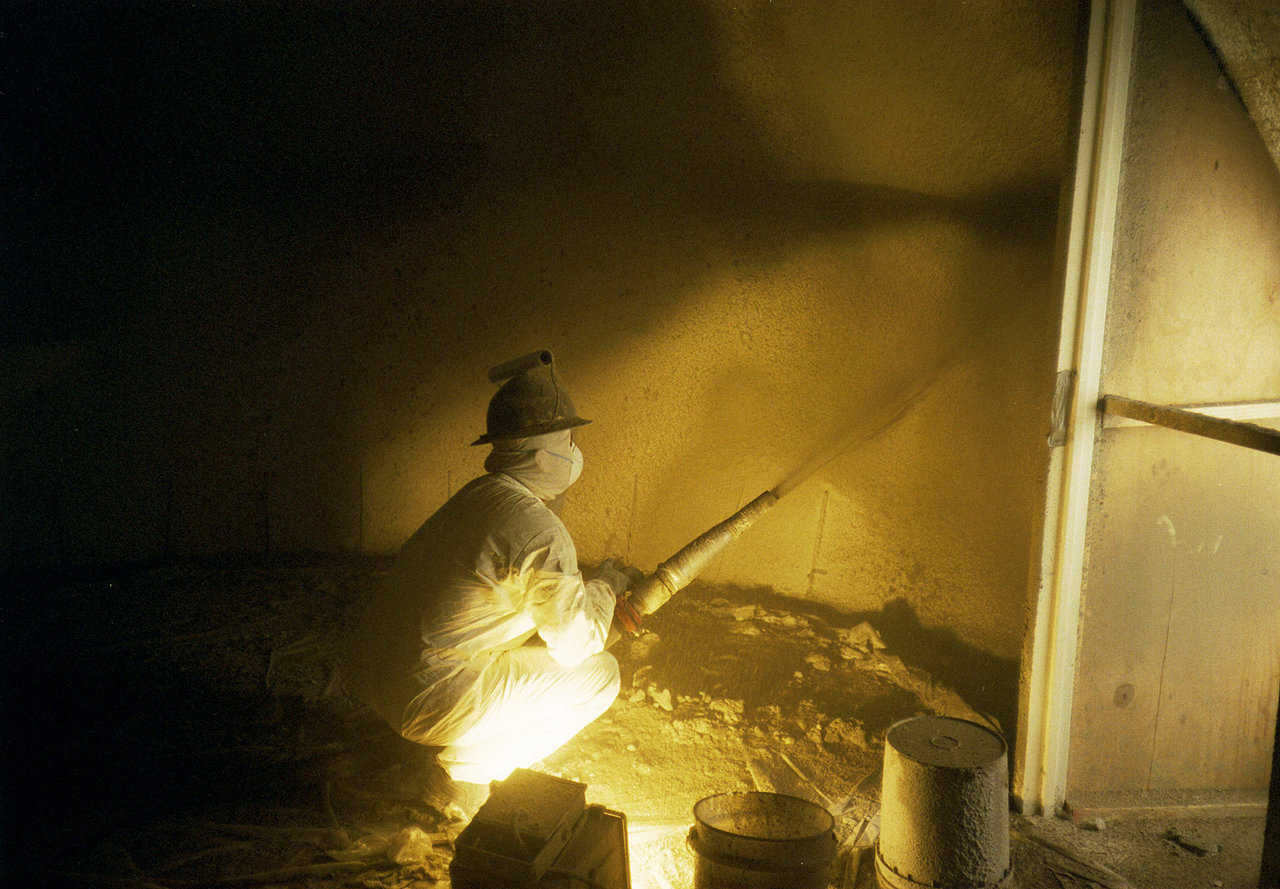
Step 9 — Complete the EcoShell II with a 3/4" minimum cover over the rebar on the outside and 1/2" to 3/4" cover on the inside. EcoShell II should have a coating placed over its exterior surface. If the EcoShell II’s exterior is not coated, it’s considered unprotected concrete. Technically, there should be a concrete cover 2" over the rebar.
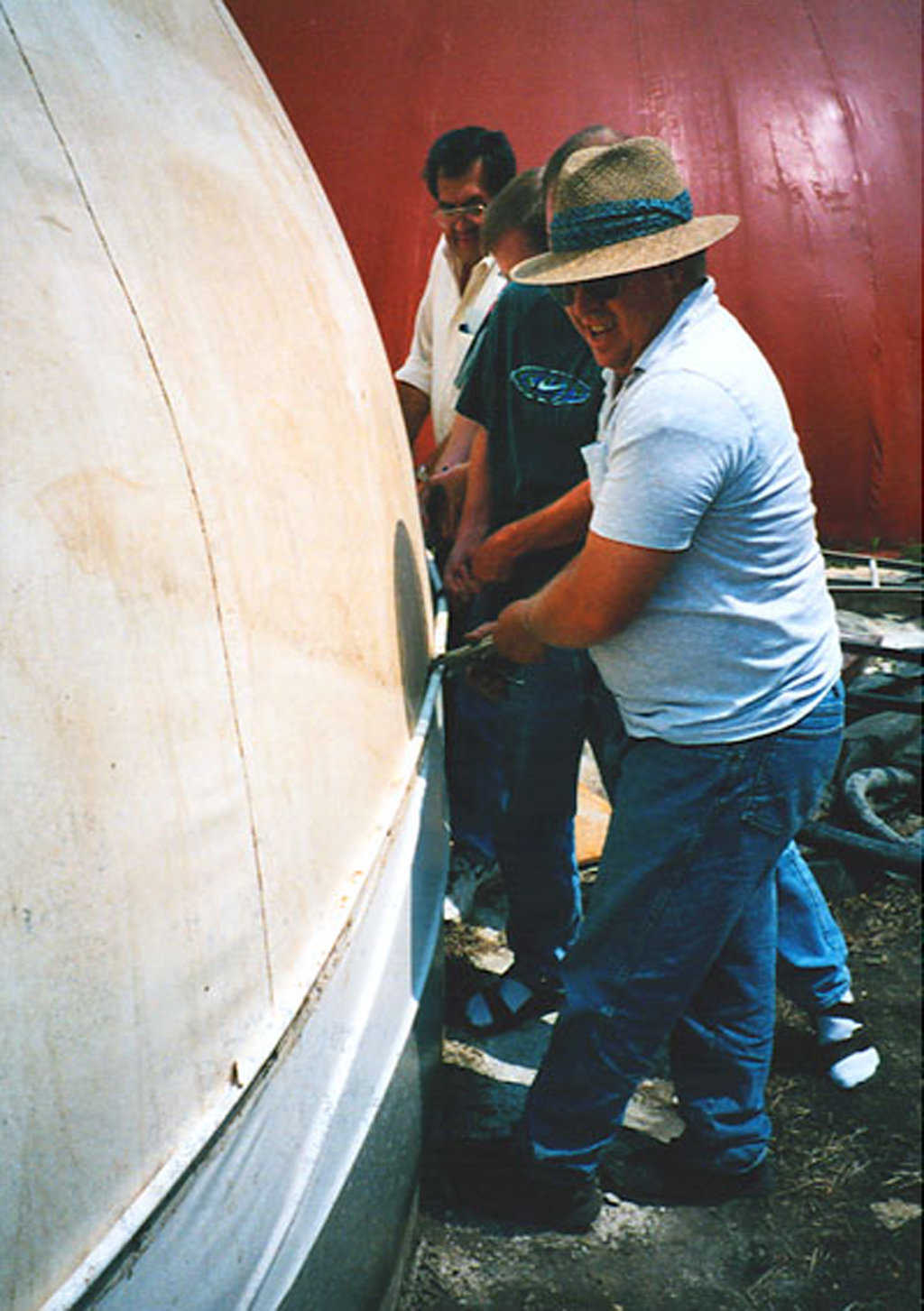
Step 10 — After a day or two, remove the Airform from the exterior of the EcoShell II. A coating should be considered and applied to protect the concrete from drying and to provide long term protection from leaks.
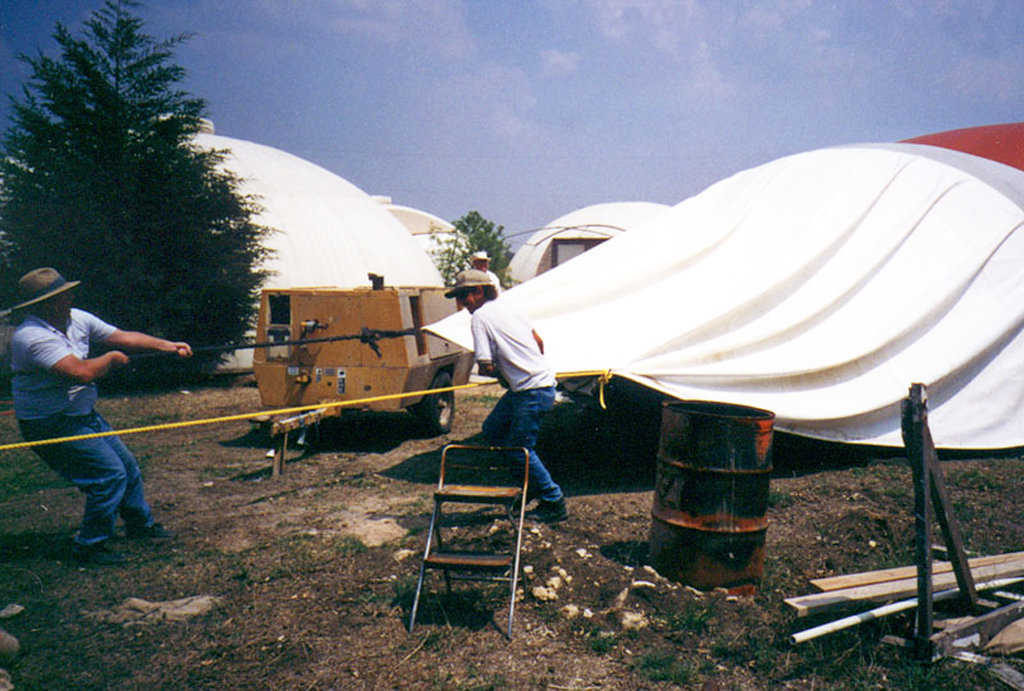
Step 11 — Removal of the Airform will be tough. If this is not so, there will be failure during the construction. The Airform must not let go of the concrete because a cave-in may ensue. Do not use a mold release; it will get you in trouble. The work of pulling the Airform is nothing compared to putting a fallen dome back together. Removal of the Airform can be done by simply pulling it up, bit by bit, around and around. Ropes can be affixed for pulling larger Airforms.